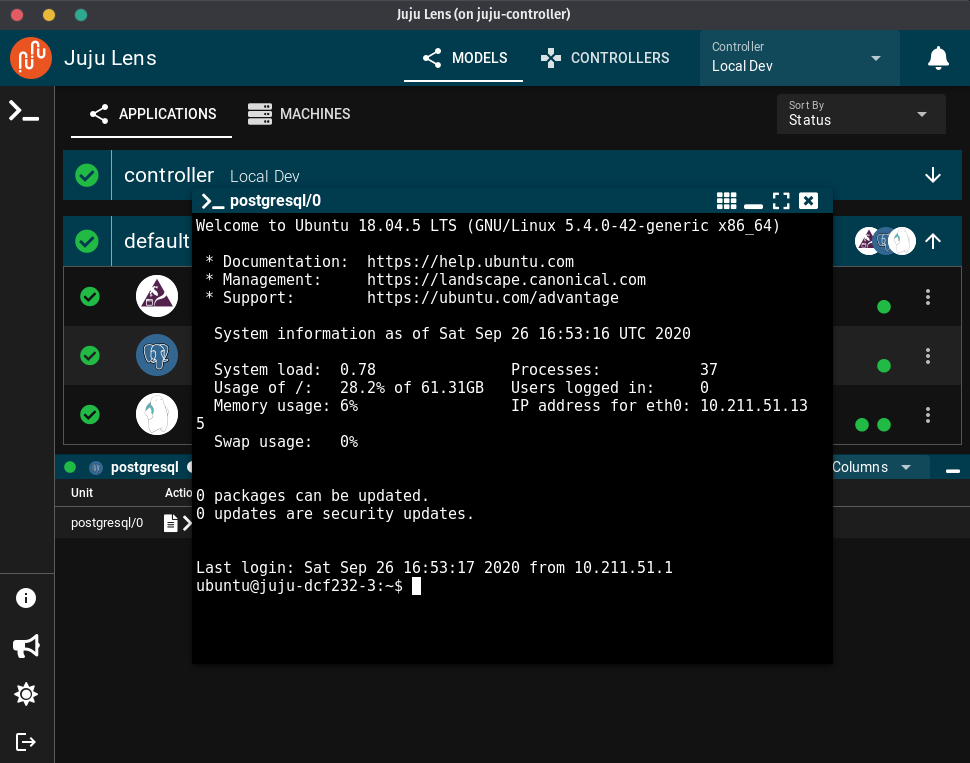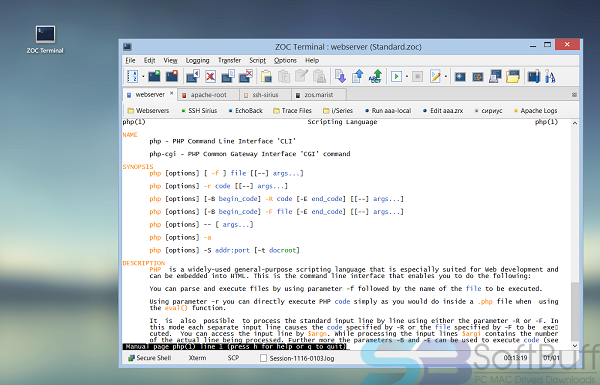

EasySSH will navigate the authentication and you will find yourself logged into your remote machine ( Figure C).Īlthough EasySSH is incredibly easy to use, it does have one rather annoying issue. From the left navigation click the connection you want to make and then click the Connect button. Once you’ve finished filling out the configuration, click Save and you’re done. In the resulting window ( Figure B), select Local or Remote, fill out the source and destination ports, and click Add Tunnel. To do this, click on the Advanced button and then click Tunnels. It’s also possible to create local and remote tunnels for your connection. SEE: 20 quick tips to make Linux networking easier (free TechRepublic PDF) As that is not the case, you must fill out this information. I would like to think the developer might consider adding the ability for a server to prompt for credentials. (You don’t get a chance to type the credentials upon connection.) This is where that security concern comes into play. Without this information the connection will fail. You also must fill out the username and password. With EasySSH you can group them accordingly. Say you have some servers in one physical location and others in another location. You can group servers to make them easier to manage. Once you have the application open, click on the + button in the main window and fill out the information for your connection ( Figure A).

However, chances are the app will appear in your desktop menu (regardless of installation method), so the command isn’t actually necessary. That command alone could be considered a way to keep unwanted users from using EasySSH. If you don’t find it (and you installed via Flatpak), start the app with the command:įlatpak run Once installation is complete, you can check in your desktop menu for the application. Sudo flatpak remote-add -if-not-exists flathub If you’re not on Elementary OS but are running an OS with Flatpak support, you can open a terminal and issue the following commands: Installation on Elementary OS is as simple as opening the AppStore, searching for EasySSH, and clicking Install.

#GUI SSH FOR MAC PRO#
SEE: Securing Linux policy (Tech Pro Research) Installation
#GUI SSH FOR MAC INSTALL#
I’ll be demonstrating on Elementary OS (as EasySSH was developed specifically for Elementary OS), but you can install the tool on any platform that supports Flatpak.
#GUI SSH FOR MAC HOW TO#
Let me show you how to install and use it. Even with that glaring security issue, EasySSH is an application you should consider for your busy Linux remote admin work. So if you want to use this tool (which I do), do so only on a machine you trust and that can’t (in any way) fall into the wrong hands. Why? Because usernames/passwords are required to be saved. Anyone who has access to the tool can gain access to your servers. This particular take on the SSH GUI tool doesn’t offer much in the way of bells and whistles, but it does a great job of keeping all my SSH logins saved, so a login is but a click away. Instead of issuing the command (where USER is a user name and IP is the server IP) over and over, wouldn’t it be nice to have a simple, one-trick-pony GUI tool that would allow you to store those logins ? Fortunately, there are a few such tools available.
#GUI SSH FOR MAC FULL#
One such task is having to log into a data center full of Linux servers. But other tasks could be made a bit more efficient with a GUI tool. This Linux learning path will help you start using the OS like a proītop is a much-improved take on the Linux top commandįor some tasks, I’m a Linux purist and refuse to budge from the command line. Here's how to install and use this GUI tool. Even with a couple of caveats, it can make your admin life a bit easier. EasySSH is your next favorite GUI SSH clientĮasySSH offers a convenient way to connect to your remote Linux servers.


 0 kommentar(er)
0 kommentar(er)
